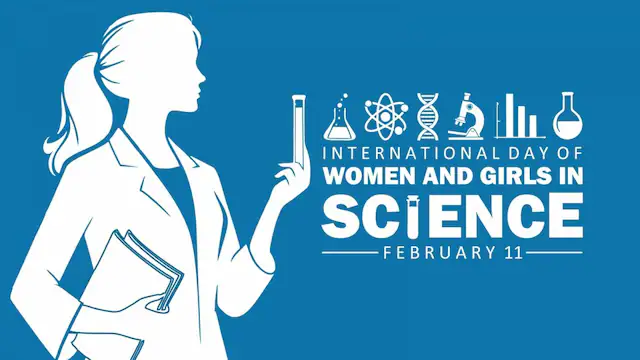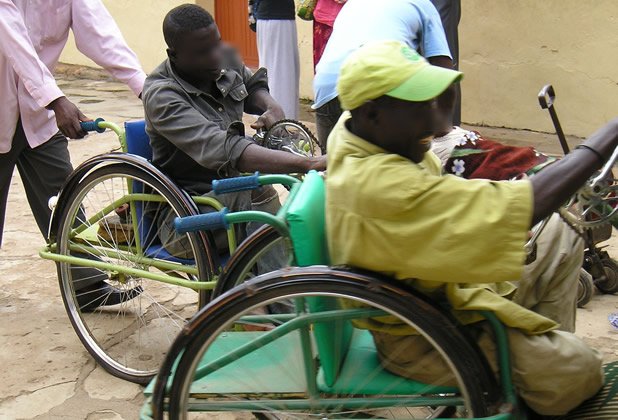Celebrating Women in STEM: International Day of Women and Girls in Science 2025

Every year on February 11, the world celebrates the International Day of Women and Girls in Science to recognize their remarkable contributions in science, technology, engineering, and mathematics (STEM).
Despite growing efforts, gender inequality in STEM persists globally. While there have been many initiatives to encourage women’s participation in science, a significant gap still remains in their representation. This day serves to bridge this gap, ensure equal opportunities, and inspire the next generation of girls to pursue careers in STEM.
History
The United Nations General Assembly (UNGA) established the International Day of Women and Girls in Science in 2015. This decision came as a result of the need to address gender inequality in STEM and promote women’s full and equal access. The day seeks to support women and girls who have an interest in science and to inspire others to pursue similar careers by showcasing the contributions that women have made in these fields.
The Theme for 2025
Every year, there are different themes to drive the focus of the day and this year is not left behind. The 2025 theme for IDWGS is “Unpacking STEM Careers: Her Voice in Science” and focuses on breaking stereotypes and amplifying female role models in STEM.
There is a need to break stereotypes and promote role models for girls in STEM. This will encourage their involvement in STEM fields leading to innovation, inclusion, and diversity.
Status of Women and Girls in STEM globally
According to the UN, women are highly underrepresented in STEM education and careers globally, as there are only 35% of women STEM graduates. Then for over a century (1901 and 2024), only 26 out of 650 Nobel laureates in Physics, Chemistry, and Physiology or Medicine are women.
The gender gap is glaring especially in leadership roles, patents, and scientific publications, limiting women’s influence in shaping future technologies and discoveries.
The Limitations Women and Girls in STEM Face
Women and girls in STEM face diverse challenges. These include:
- Gender Bias and Stereotypes: Some societies discourage women from pursuing careers in STEM as it is male-dominated.
- Lack of Role Models and Mentorship: Since only a few women are in STEM, it becomes difficult for young girls to find a mentor.
- Workplace Discrimination: Due to the gender-based discrimination, unequal pay, and even promotions prevalent in the work workplace, many girls tend to lose interest in pursuing careers in science-related fields.
- Limited Access to Education and Resources: The girl child faces many challenges, especially in developing countries. These come in the form of lack of funds, scholarships, and cultural restrictions which limit them primarily to marriage and bearing children.
The Need for Equality and Inclusivity
When there is gender equality and inclusivity in STEM, it leads to progress and innovation not just only fairness. When women have equal opportunities just like their male counterparts it will lead to:
- Diverse Perspectives in Research: There will be various viewpoints which will lead to more discoveries and inventions.
- Economic Growth: It will bring about a boost in the economy.
- Addressing Global Challenges: They will join their male counterparts in solving issues such as climate change, technological innovations, etc.
Recommendations
To promote equality and inclusivity in STEM, these measures are necessary:
- Encouraging Early STEM Education: Girls should be encouraged early in life to have an interest in STEM. Schools should promote STEM subjects for girls from an early stage and scholarships should be given to girls in science-related fields.
- Providing Mentorship and Role Models: There should be frequent mentorship programs to guide young girls. Female scientists and engineers etc can organise these mentorship programs across schools to catch them young.
- Eliminating Workplace Barriers: There should be equal pay policies, flexible work arrangements, and inclusive environments in organizations.
- Increase Awareness: Here, all hands must be on deck to create to create the needed awareness. Educators, the media, and governments should work towards the same goal to challenge gender stereotypes in STEM.
Conclusion
The International Day of Women and Girls in Science is a call to action for gender equality in STEM and to bridge every gap that has discouraged girls from picking interest in science-related fields. By addressing barriers and creating supportive policies, the world can unlock the full potential of women in STEM, leading to more discoveries and a more sustainable future for all.
Image Source: http://www.news18.com





